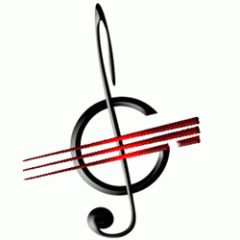Here is the answer to our teaser question about musical notation.
Just a quick reminder. I had given this one bar example, where there appear to be too many notes (6 beats worth) in the right hand:
The reason why this works is because there are two separate voices in the right hand.
This is the first voice:
And this is the second voice:
As you can see, there is a two beat rest at the start of the bar in the example above. Normally you would show this when adding the two voices together:
However, as you can see this means that the rest would have to hang in between two staves, which does not look very neat. As the second voice does not enter until the third beat of the bar, it is therefore fine to omit the rest at the start of the bar, as it does not lead to any rhythmic unclarity.
***
The second, more complicated example I gave looked like this:
Again, there are two voices, here is voice one:
And here is the second voice:
As the piece (Debussy’s Claire de Lune) consistently uses triplets, it is quite common the omit the triplet sign, which was done here. Furthermore the notes on beats 2 and 3 have been written into the right hand stave, indicating the the left hand part may be played by the right hand. So the entire left hand part written in the left hand would look like this:
And finally, as the two voices share the same note on beat three (G Sharp), you have to take the note head of the longer value as done here, or write the notes next to each other, which the editor did not choose to do. Had he done so it would look like this:
Hope that all makes sense.











